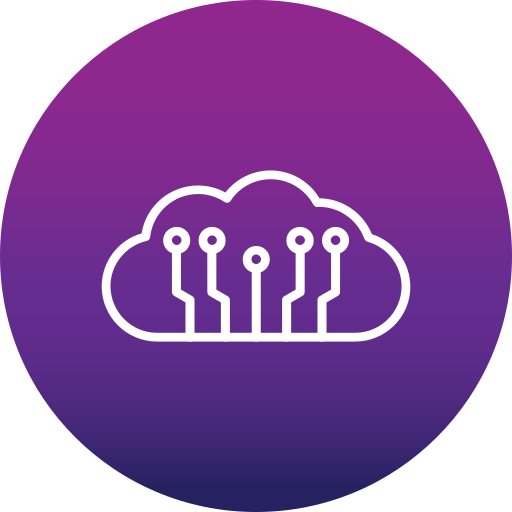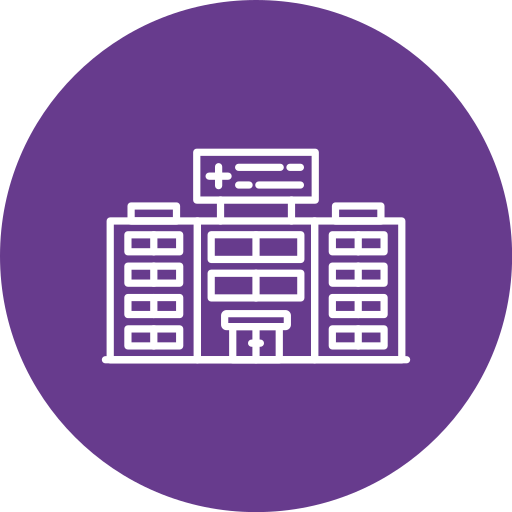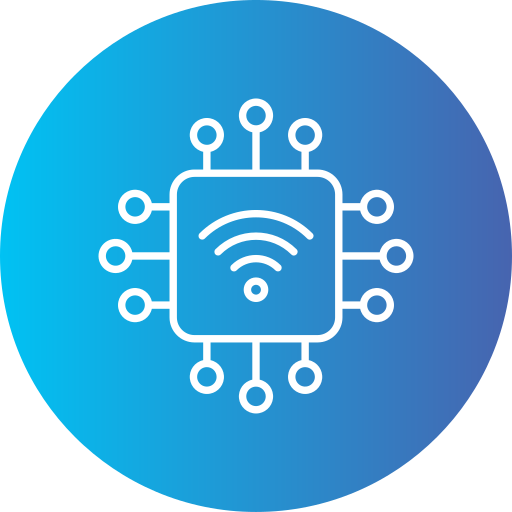Introduction
In today’s digital age, where technology is an integral part of our lives, ensuring the security of our digital presence is more crucial than ever. Cybersecurity, the practice of protecting computer systems and networks from theft, damage, or unauthorized access, is a topic that concerns individuals, businesses, and governments alike. This blog will dive into the world of cybersecurity, exploring what it is, why it matters, and how you can protect yourself in an increasingly connected world.
The Importance of Cybersecurity
- Protecting Personal Information
One of the primary reasons cybersecurity is essential is to safeguard your personal information. From your financial details to your medical records and even your social media accounts, our digital lives contain a treasure trove of sensitive data. Cybercriminals aim to exploit this information for financial gain or malicious purposes. Robust cybersecurity measures can help keep your data out of the wrong hands.
- Safeguarding Financial Assets
As more financial transactions occur online, protecting your financial assets is critical. Cyberattacks can lead to unauthorized access to your bank accounts, credit card information, or even identity theft. Cybersecurity safeguards your financial well-being by defending against fraud and theft.
- Business Continuity
Businesses, regardless of their size, rely heavily on digital technology for operations, communication, and data storage. A cyberattack can cripple a company, causing financial losses, damage to reputation, and even bankruptcy. A strong cybersecurity framework ensures business continuity and minimizes the risk of costly downtime.
Types of Cybersecurity Threats
To understand the importance of cybersecurity, it’s crucial to be aware of the various threats that exist:
- Malware: Malicious software like viruses, ransomware, and spyware can infiltrate your system, compromise your data, and even demand a ransom for its release.
- Phishing: Cybercriminals often use deceptive emails or websites to trick users into revealing sensitive information such as login credentials or credit card details.
- DDoS Attacks: Distributed Denial of Service (DDoS) attacks overload a website or online service, making it inaccessible to users.
- Insider Threats: Employees with malicious intent or inadequate cybersecurity training can pose a significant risk to an organization.
- Social Engineering: This involves manipulating individuals into divulging confidential information by exploiting their trust or psychology.
Best Practices for Cybersecurity
To enhance your cybersecurity, consider implementing the following best practices:
- Strong Passwords: Use complex passwords and consider using a password manager to keep track of them.
- Two-Factor Authentication (2FA): Enable 2FA wherever possible for an extra layer of security.
- Regular Updates: Keep your operating systems, software, and antivirus programs up to date to patch vulnerabilities.
- Employee Training: Educate your employees on cybersecurity best practices to reduce the risk of insider threats.
- Firewalls and Antivirus Software: Install and maintain firewalls and antivirus software to protect your devices.
- Backup Your Data: Regularly back up your data to prevent data loss in case of an attack.
- Secure Wi-Fi Networks: Protect your home or business Wi-Fi networks with strong encryption and change default passwords.
Conclusion
Cybersecurity is not an option; it’s a necessity in the digital world we live in today. Whether you’re an individual looking to protect your personal information or a business seeking to safeguard your operations, understanding and implementing robust cybersecurity measures is the key to a secure and resilient digital presence. By staying informed about emerging threats and following best practices, you can take control of your cybersecurity and enjoy the benefits of our interconnected world with confidence. Remember, when it comes to cybersecurity, prevention is always better than recovery.













